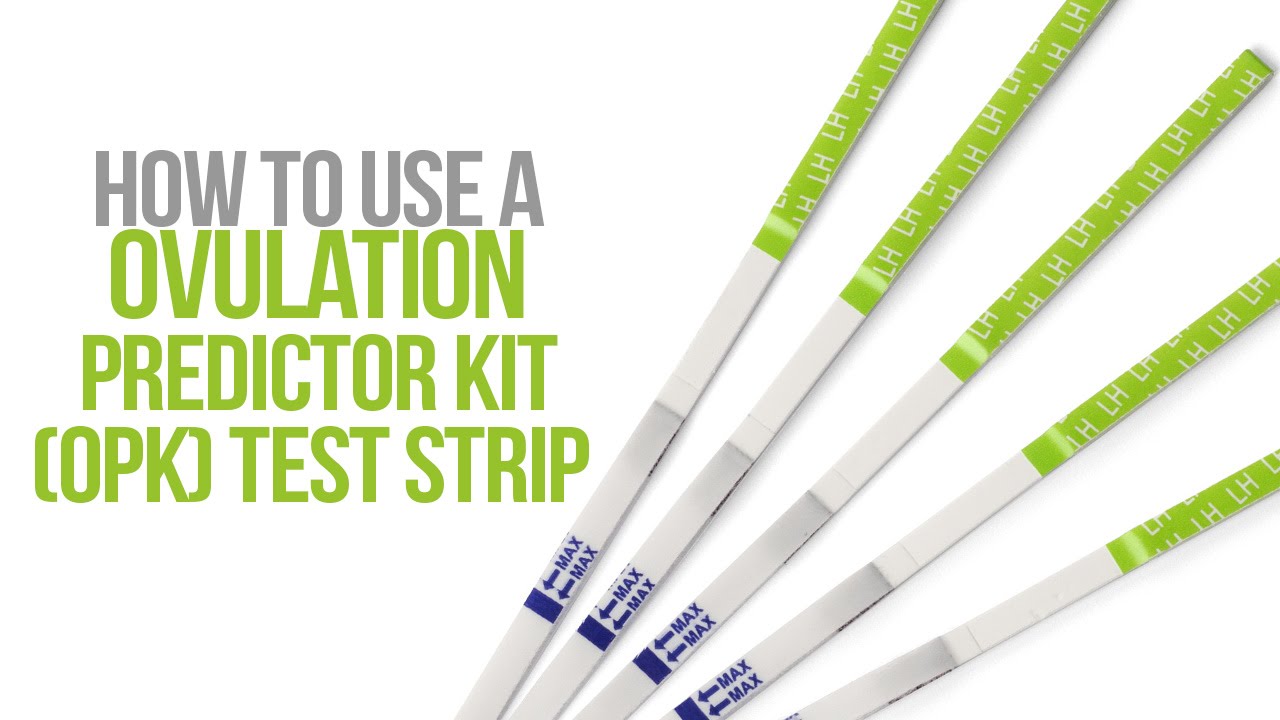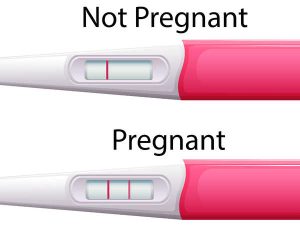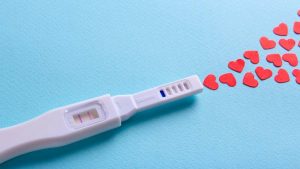If you are trying to conceive, you may have heard of ovulation test kits. These are simple and convenient tools that can help you identify your fertile window, or the days when you are most likely to get pregnant. But how do they work, and how do you use them correctly? In this blog post, we will answer these questions and more.
Ovulation test kits are also known as ovulation predictor kits (OPKs) or fertility monitors. They are devices that detect the level of luteinizing hormone (LH) in your urine. LH is a hormone that triggers ovulation or the release of an egg from your ovary. LH surges about 12 to 36 hours before ovulation, so by measuring it, you can predict when you are about to ovulate.
There are different types of ovulation test kits available, such as strips, midstream tests, digital tests, and saliva tests. They all work similarly: you collect a sample of your urine and apply it to the test device. Then you wait for a few minutes and read the result. Depending on the type of test, the result may be shown as a line, a color change, a symbol, or a message on a screen.
Here is a comprehensive guide on how to use ovulation test kits effectively.
- Understand How Ovulation Test Kits Work
Ovulation test kits work by detecting the surge of luteinizing hormone (LH) in a woman’s urine. LH is produced by the pituitary gland and stimulates the ovaries to release an egg. The surge in LH typically occurs 24-36 hours before ovulation, indicating that the woman is most likely to conceive if she has sex within this time frame.
- Choose the Right Ovulation Test Kit
There are many different types of ovulation test kits available on the market, including digital and traditional test strips. Digital tests typically display a clear positive or negative result, while traditional test strips require the user to interpret the lines on the strip. It is important to choose a test kit that you are comfortable using and that fits within your budget.
- Start Testing at the Right Time
It is important to start testing at the right time in your menstrual cycle to ensure accurate results. Ovulation test kits are typically used from around day 10 to day 20 of a 28-day menstrual cycle, with day one being the first day of your period. However, it is important to follow the instructions provided with your specific ovulation test kit to determine the optimal testing window.
- Determine your cycle length and when to start testing.
Your cycle length is the number of days from the first day of your period to the day before your next period. You can use a calendar or an app to track your cycles and find out your average cycle length. Then, you need to find out when to start testing based on your cycle length. You can use this table as a guide:
| Cycle Length | Day to Start Testing |
|————–|———————-|
| 21 days | Day 5 |
| 22 days | Day 6 |
| 23 days | Day 7 |
| 24 days | Day 8 |
| 25 days | Day 9 |
| 26 days | Day 10 |
| 27 days | Day 11 |
| 28 days | Day 12 |
| 29 days | Day 13 |
| 30 days | Day 14 |
| 31 days | Day 15 |
| 32 days | Day 16 |
| 33 days | Day 17 |
| 34 days | Day 18 |
| 35 days | Day 19 |
If your cycle length varies by more than a few days, you may want to start testing earlier or use more tests to avoid missing your LH surge.
- Use the Test Kit Correctly
To use an ovulation test kit, you will need to collect a urine sample and either dip the test strip into the sample or place a few drops of urine on the designated area of the test. After a few minutes, the test will display a result indicating whether or not the LH surge has been detected. It is important to follow the instructions provided with your specific ovulation test kit carefully to ensure accurate results.
- Test at the Right Time of Day
The best time of day to use an ovulation test kit is in the afternoon or early evening. This is because LH is typically produced in the morning and takes a few hours to show up in the urine. Testing in the afternoon or early evening ensures that the LH surge has had enough time to appear in the urine.
- Test Regularly
To increase the chances of detecting the LH surge, it is important to test regularly. This may mean testing every day or every other day during your testing window. Some women may also choose to test twice a day to ensure that they do not miss the surge.
- Interpret the Results Correctly
Interpreting the results of an ovulation test kit can be tricky, especially if you are using a traditional test strip. It is important to follow the instructions provided with your specific test kit to determine what a positive result looks like. In general, a positive result will display a test line that is as dark or darker than the control line. Some test kits may also display a smiley face or other clear positive results.
- Time Intercourse Correctly
Once you have detected the LH surge using an ovulation test kit, it is important to time intercourse correctly. The best time to have sex is within 24-36 hours of the LH surge. This ensures that sperm are present in the fallopian tubes when the egg is released, increasing the chances of fertilization.
In conclusion, ovulation test kits can be a helpful tool for women who are trying to conceive. By understanding how they





